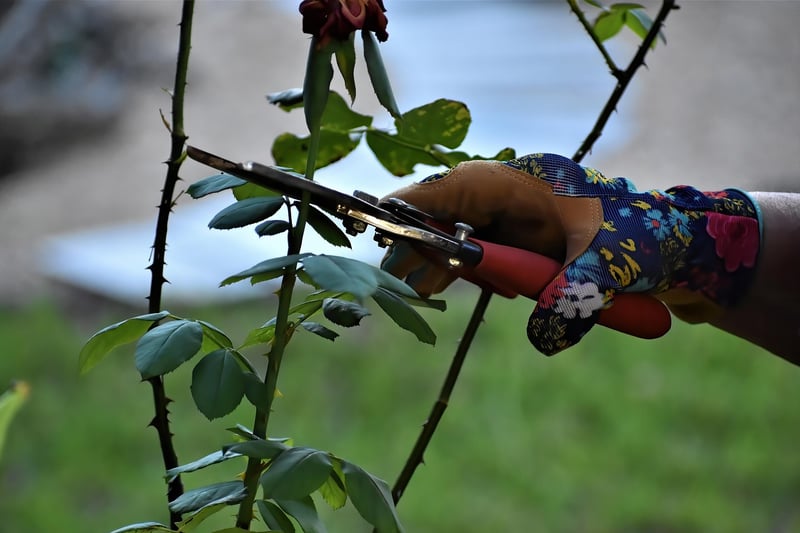Pruning
Keeping Your Garden Pristine: The Art of Pruning

Having a beautiful garden requires more than just planting. Regular maintenance, such as pruning, is essential to keep your outdoor space looking pristine. Pruning is not only about aesthetics but also plays a crucial role in the health and growth of your plants. Let's delve into the art of pruning and how it can elevate your gardening experience.
Benefits of Pruning
- Promotes plant health by removing dead or diseased branches.
- Shapes plants for better aesthetics and improved growth.
- Encourages flowering and fruit production.
- Controls plant size and prevents overcrowding.
When to Prune
The timing of pruning depends on the type of plant. However, a general rule of thumb is to prune during the dormant season for most plants. Spring-blooming plants are best pruned after they flower, while summer-blooming plants can be pruned in late winter or early spring.
Pruning Techniques
There are several pruning techniques to master:
- Thinning: Removing entire branches to improve airflow and light penetration.
- Heading: Cutting back a portion of a branch to promote new growth.
- Deadheading: Removing spent flowers to encourage more blooms.
- Pinching: Nipping off the tips of young plant shoots to encourage bushier growth.
Tools for Pruning
Having the right tools is essential for effective pruning. Some common pruning tools include:
- Pruning Shears
- Loppers
- Pruning Saw
- Hedge Trimmers
Conclusion
Pruning is a skill that every gardener should master to maintain a healthy and visually appealing garden. By understanding the benefits of pruning, the proper techniques, and having the right tools, you can elevate your gardening game and enjoy a pristine outdoor space year-round.
Remember, a well-pruned garden is a happy garden!
